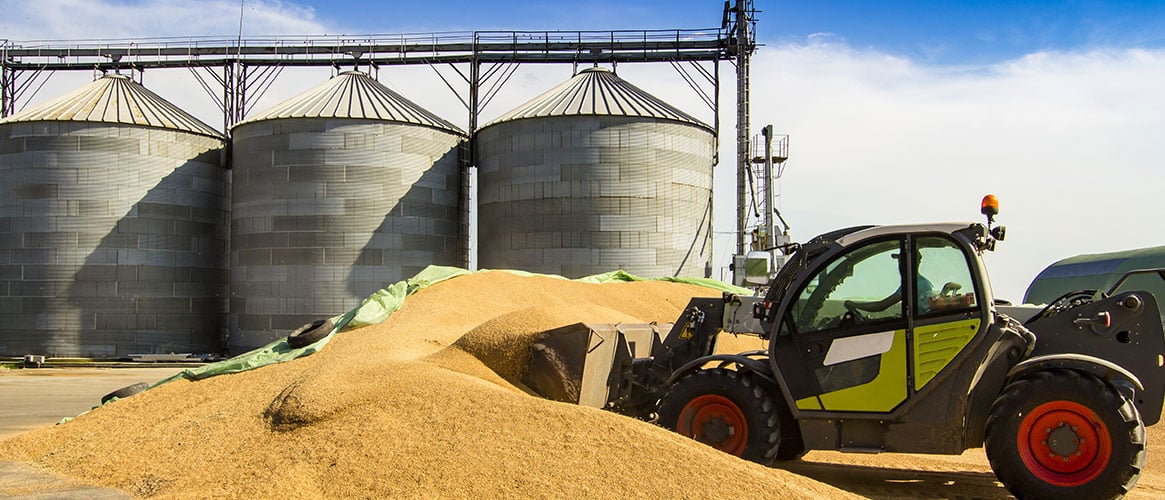Silo storage is essential to many operations, and it is one of the biggest hazards. Falls, engulfment, entanglement in machinery, and exposure to silo gases, dusts, and molds are some of the main causes of silo injuries, illnesses, and deaths. Silos can be used to store a wide variety of materials, but when hundreds or thousands of tons of material are stored in one place, safety needs to be a priority.
Avoid entering silos when possible and prevent unauthorized entries. Warning signs around the silo should be easy to read, in good condition, and list the hazards. Secure silos to prevent unauthorized access. Ladders up the side of the silo should start at least seven feet off the ground and portable ladders that could provide access should not be stored in the area. To avoid falls from or around a silo, ensure that the ladders are in good condition. Enclose ladders with a safety cage or use fall protection systems when free-climbing.
When you must enter a silo, confined space procedures ensure that there is a rescue plan, emergency equipment, and crews at the ready if you need them. A qualified person should certify that the silo is safe to enter and that the entry plan is acceptable. A three-person team is necessary to provide the maximum safety to the entry. Always wear a safety belt and harness so you can be rescued quickly if need be.
To avoid entanglement in the auger mechanisms of a silo, use lockout/tagout procedures to isolate the power and activation switch before you enter. Inspect and maintain augers and other silo machinery to ensure that they work properly. Guards around the moving parts can help avoid caught or crush injuries from the auger machinery. Always check that there is no one in the silo before you start an auger that you cannot see.
To avoid engulfment during silo filling or emptying, never allow people to be in or around it. Never assume that an emptied silo is truly empty. Hundreds of tons of materials can remain adhered to the sides. If you are trying to clear a jam or adhered materials, stay above the level of the materials while you are dislodging them. If you become trapped in a silo, try to stay near the outer edge and keep moving to “swim” your way to the top and edge of the material. Ladders installed inside the silo can serve as a way to exit if necessary.
Silage materials can create dust, mold, and gasses that can be hazardous to your health. Breathing plant dust and mold can cause allergies and respiratory diseases. Be aware of the symptoms such as coughing, shortness of breath, and tightness in the chest. Proper storage procedures, wetting down the top layers of silage before disturbing them, and respiratory protection can reduce your dust and mold exposure.
Silo gases such as nitrogen dioxide and carbon dioxide can build up in a silo during the first three weeks of storage and displace the air that you need to breathe. Nitrogen dioxide can be seen as a red or yellow-brown haze. Always wear an air-supplying respirator and run the blowers at maximum power if you must enter a silo within four-to-six weeks of filling it.
Silo workers should put great “store” in silo safety procedures.
